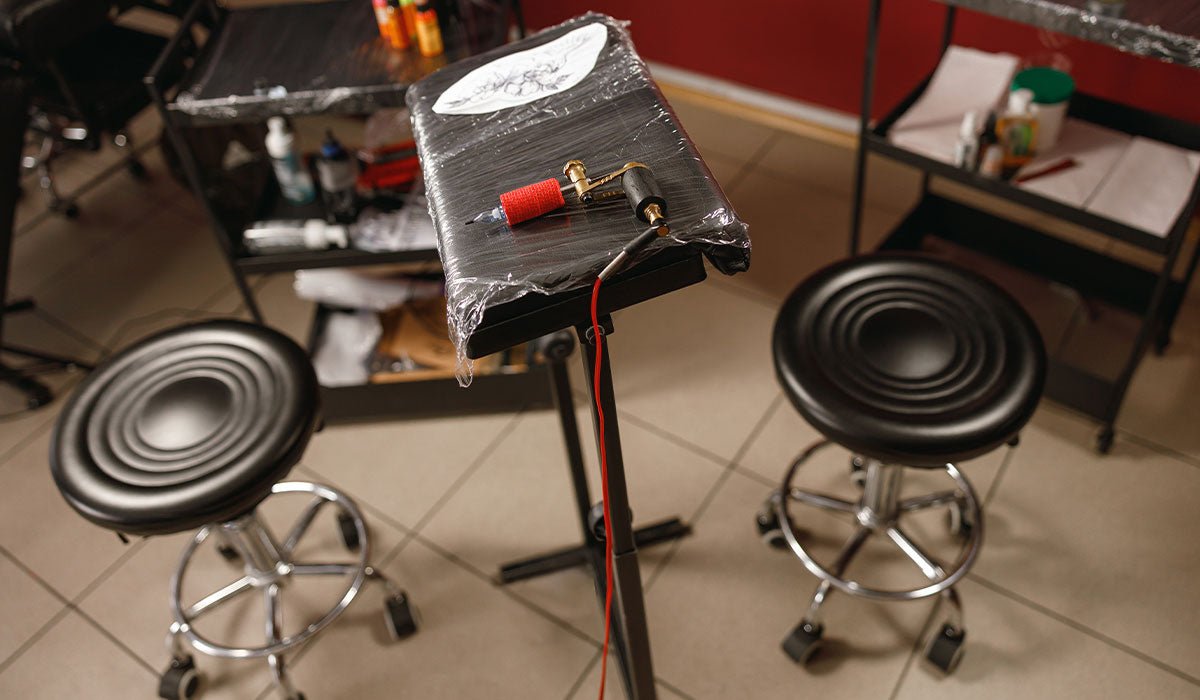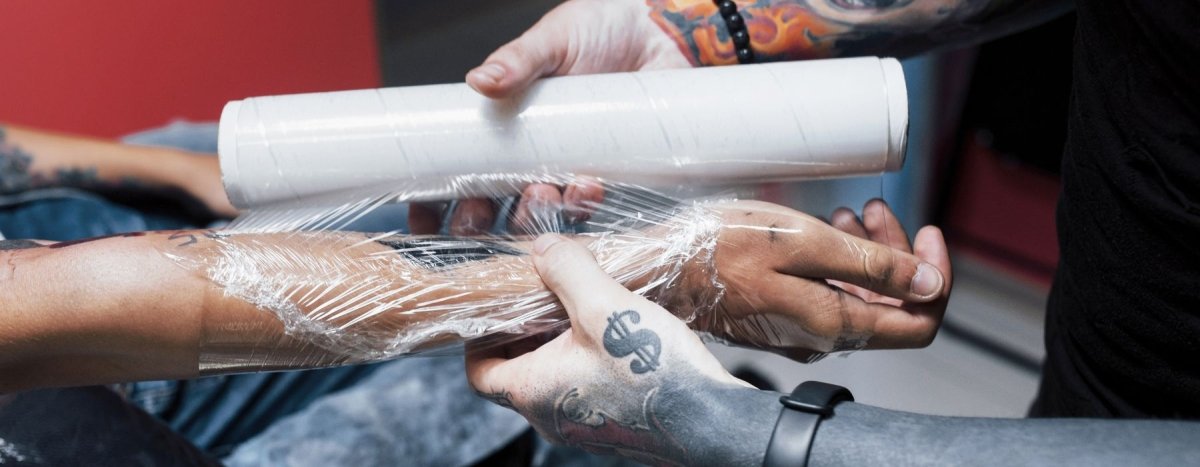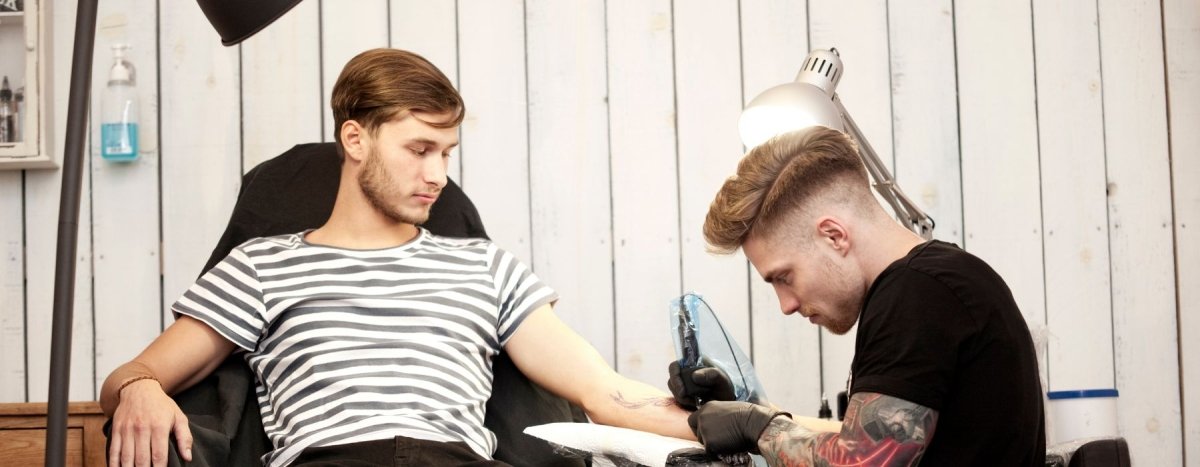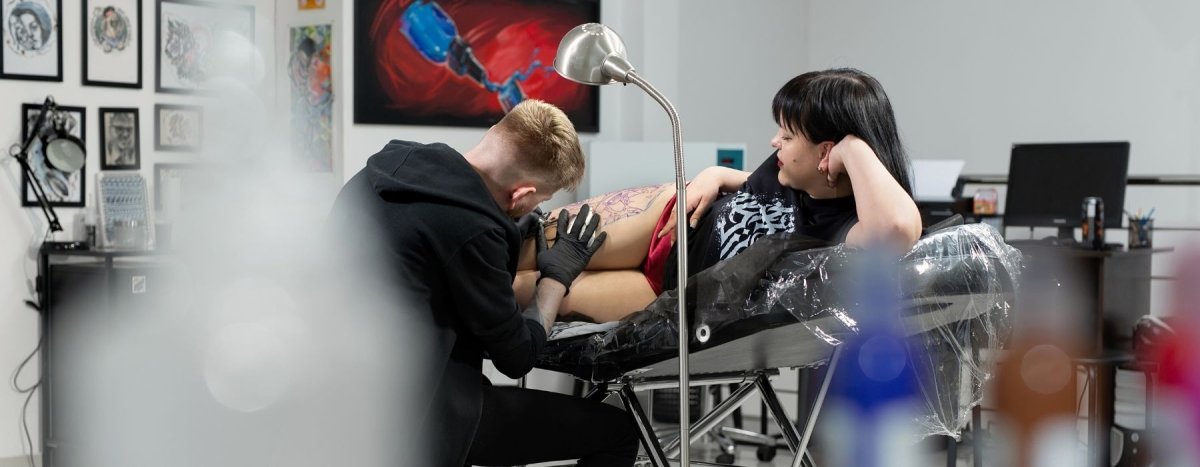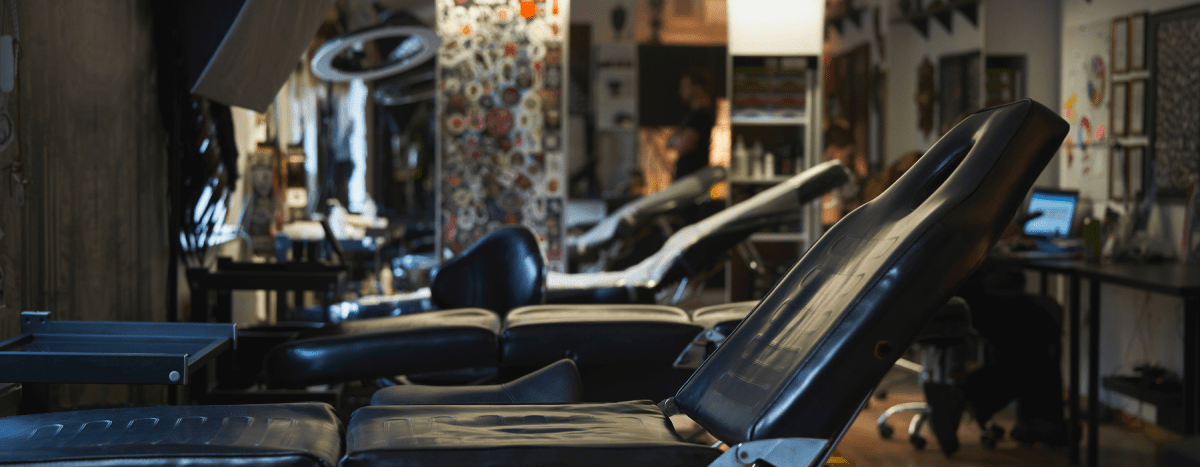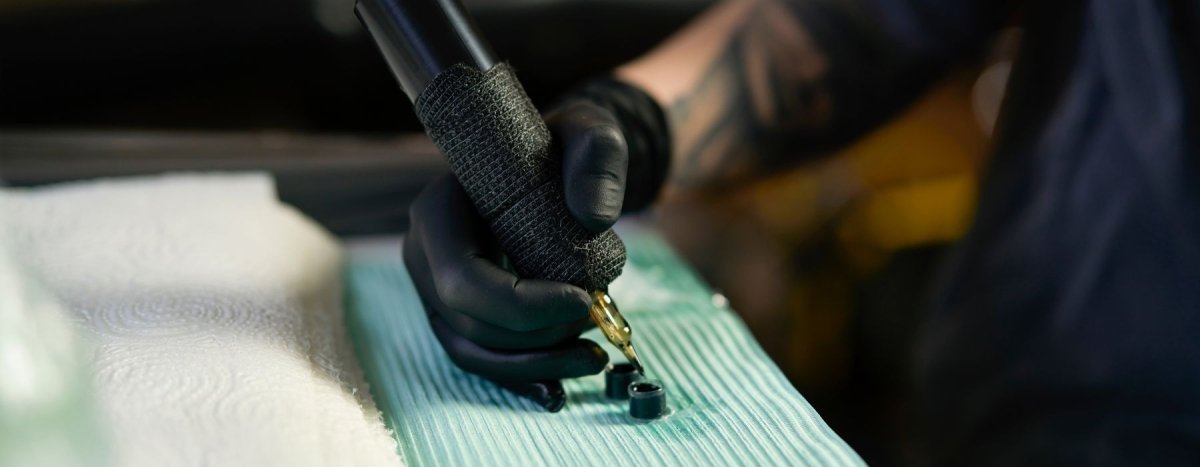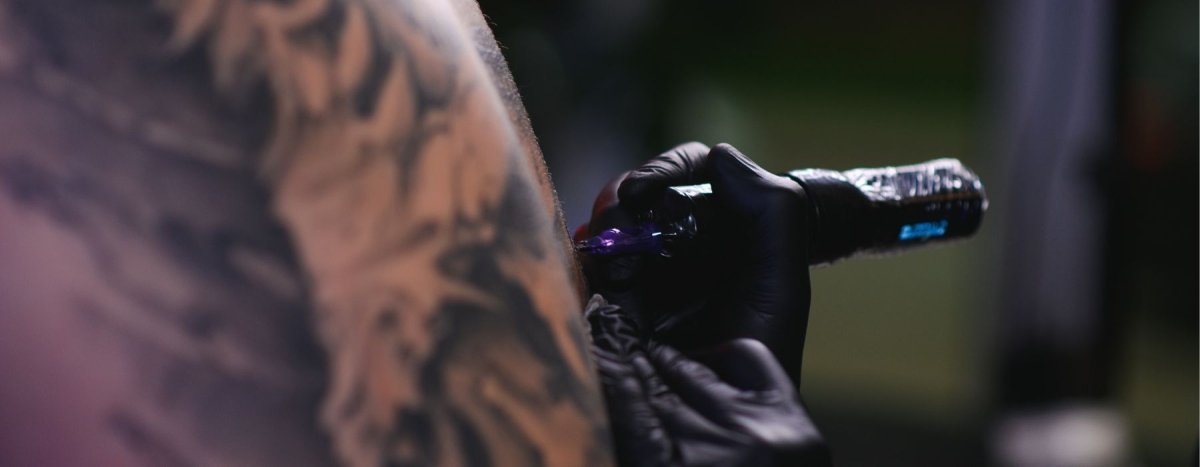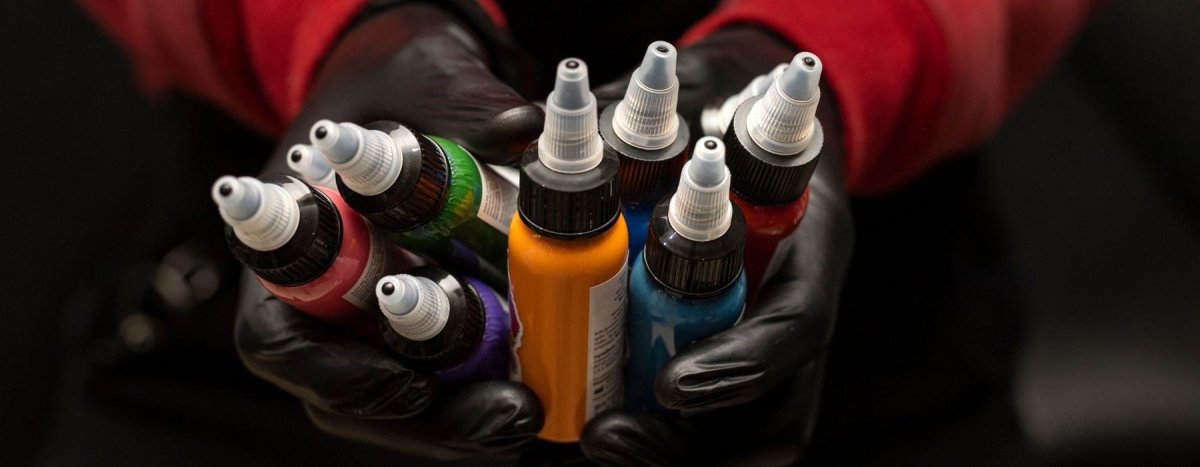Your cart is empty
Looks like you haven't added anything to your cart yet
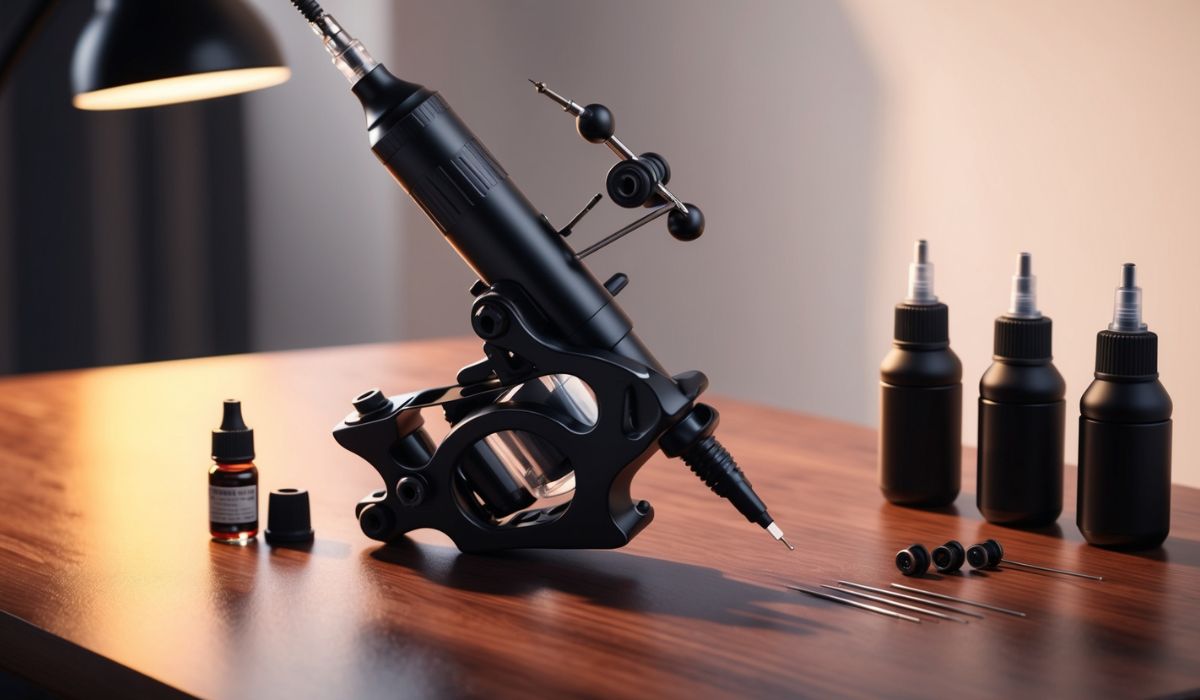
Common Mistakes Beginners Make When Using a Tattoo Pen Machine (and How to Avoid Them)
Tattooing is a very interesting art and you have to learn how to do tattoos with practice. This tool, which is in the form of a pen and tattoo machine can be confusing for beginners. Don't forget: everyone needs to start somewhere, and it is okay — even normal— if you succumb to these hazards in the beginning; however, awareness of these pitfalls will help increase your learning curve! To read more about the beginner's mistake, And how to avoid them when using a tattoo pen machine.
Wrong Needle Depth
The most common mistake is probably not setting the needle correctly. Tattoo pen machines are meant to deposit the ink at a specific layer of skin; usually, this area is called the dermis. If the needle remains near the skin's surface it will cause haphazard patches or fading out. If it went in the way too deep it would scar or bleed.
How to Avoid This Error: Tattoo synthetic skin so that you can study needle penetration. Take notes of the speed, rollering and frequencies you used on your machine for each different area of body work. And adjust accordingly so that when working over a specific muscle group in an athlete you are well prepared to stimulate with improved results. Always entering the skin 1mm-2 mm will protect your clients and allow you to keep crisp lines without having any blowouts.
Too Much Pressure
Another issue that most people may find practicing is applying too much pressure when tattooing. One of the most common misconceptions amongst beginners is that pushing harder will result in better lines but this isn't true and you'll just end up hurting yourself or making poor ink transfer. Additionally, too heavy pressure can lead to blowouts, where the ink spreads under your skin that sometimes misshapes your new tattoo.
How to Avoid Making This Mistake: Make the machine do its job. Specifically, Perfect machines for the application of pressure. Start light and work your way up to more pressure as you get used to it. Press on some fake skin or in an orange until you know how hard to push.
Inadequate Machine Maintenance
Tattoo pen machines need to clean and maintain regularly so that they are able to work properly. However, those just starting in the business might accidentally forego it and cause machines to break down or worse make clients sick.
Prevention: After every usage, clean your machine thoroughly. Tend to the needs of your machine according to manufacturer's recommendations such as greasing moving parts or replacing worn components. The machine shall be disinfected always to ensure the specific hygienic standards.
Use the Wrong Needle Sizes
All tattoo needles are different not only by its thickness but also because they serve several needs such as lining, gray-scale and many other specific needs. For novices, mistakes often happen at the hands of using the wrong needle set up for each task and as a result causes tiny scratches in your lines or blemishes on shading.
Avoiding: Research needle configurations like round liners, round shaders, and magnums For lines, you will use round liners; for shading on bigger spaces (black or grey), there also are magnum needles. Practice with different needle sizes and configurations before going to work on real skin.
Unhygienic Tattooing Dirty Trumps the List
Newbies might skip the sterilization and or simply not follow proper protocols resulting in infections.
Precautions to Avoid this Mistake: Use sterilized needles and single-use items like ink caps, gloves. Wipe down your workspace and equipment before & after every session Wear gloves and do not touch anything that is non-sterile while tattooing.
No Stencil/ Freehand Skills
This is another mistake made by many beginners who practice tattooing without properly having any free hand skills or placement of stencil. Which unfortunately just adds to the instances of badly positioned or wonky tattoos.
How to Avoid Getting Suckered: Practice sketching and drawing designs on paper before going near a tattoo. Stencils allow to properly distribute the designs on skin. Make sure that the stencil is positioned to fit in the body part and be symmetrical.
Failing to Know How to Properly Stretch the Skin
This is a common mistake of newbies, and particularly in those areas where there are loose or uneven skins. This causes the needle to bounce, resulting in broken lines or spotty shading.
How to Avoid This Mistake: Stretch the skin with your non-tattooing hand. When stretching the skin out flat, it disperses and flattens wisdom lines better. Try practicing on different body parts — skin stretches differently in various areas!
Tattoo Pen Machines can provide slower speed and power settings which are ideal for specific tasks and techniques. Adjusting these settings is often overlooked by beginners and this leads to uneven tattoos or overworking the skin.
How to Prevent: Differentiate between lining and shading speeds. Generally lining needs a quicker pace whereas shading with slower strokes. Fine tune the power on your machine, depending how thick the skin of a client and what type of tattoo you are doing. Try different speeds and duty cycles on the practice skin to understand what works better with certain techniques.
WRONG: Not taking your time, or being is a big rush Tattooing takes patience and precision. One of the biggest challenges for a lot of beginners is to tattoo quickly, that results in bad lines, lost small details and ugly tattoos.
Solution: Slow down on your tattoos especially when you are inexperienced. Work on one part of the design at a time to ensure you get it right and bring quality output. Always remember that slow and steady wins the race — it is better to take your time, produce a dope tattoo than rush through one just to make more money.
Disregarding Client Feedback
Last but not the least, newcomers often fail to understand how necessary it is for you to listen to your customers while getting them tattooed. This could result in discomfort for the client and unhappiness with the finished product- e.g. if told not to add 3 trees, added at least a dozen… you get my point right?
Solution: Talk to your client while you are tattooing Ensure they are relaxed and get feedback on the tattoo experience. When you feel a client is moving away or uncomfortable, stop and change your pace/technique to whatever feels better for the person.
Conclusion
Pen machine tattooing is an art that requires longevity, dedication and a learning curve to master. Understanding and steering clear of these basic mistakes now, could skyrocket their confidence as well as making them more adaptable. Everything, from needle depth to hygiene and stencil placement matters when it comes down to growing as a tattoo artist.
Tattooing is an ongoing learning curve and every now and then the pros mess up too. But the key is to be patient, keep practicing and work towards continuous improvement. When you stick with those tips, you will soon produce clean grips that are more professional looking and avoid at least the several most annoying blunders.
Featured Blogs
- Choosing a selection results in a full page refresh.




